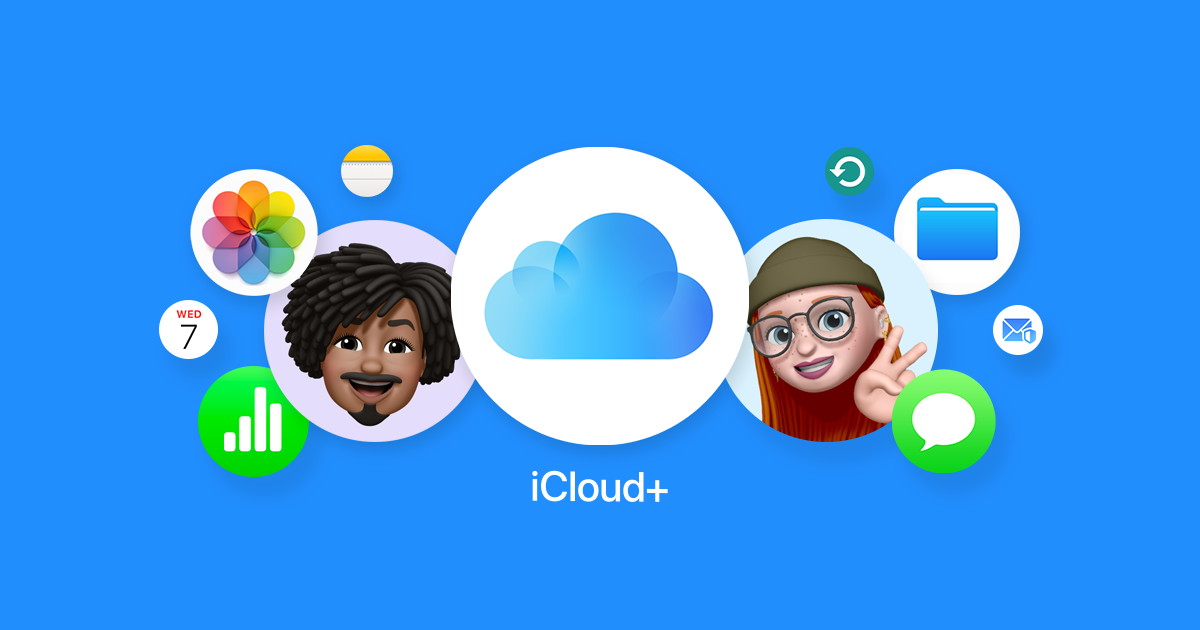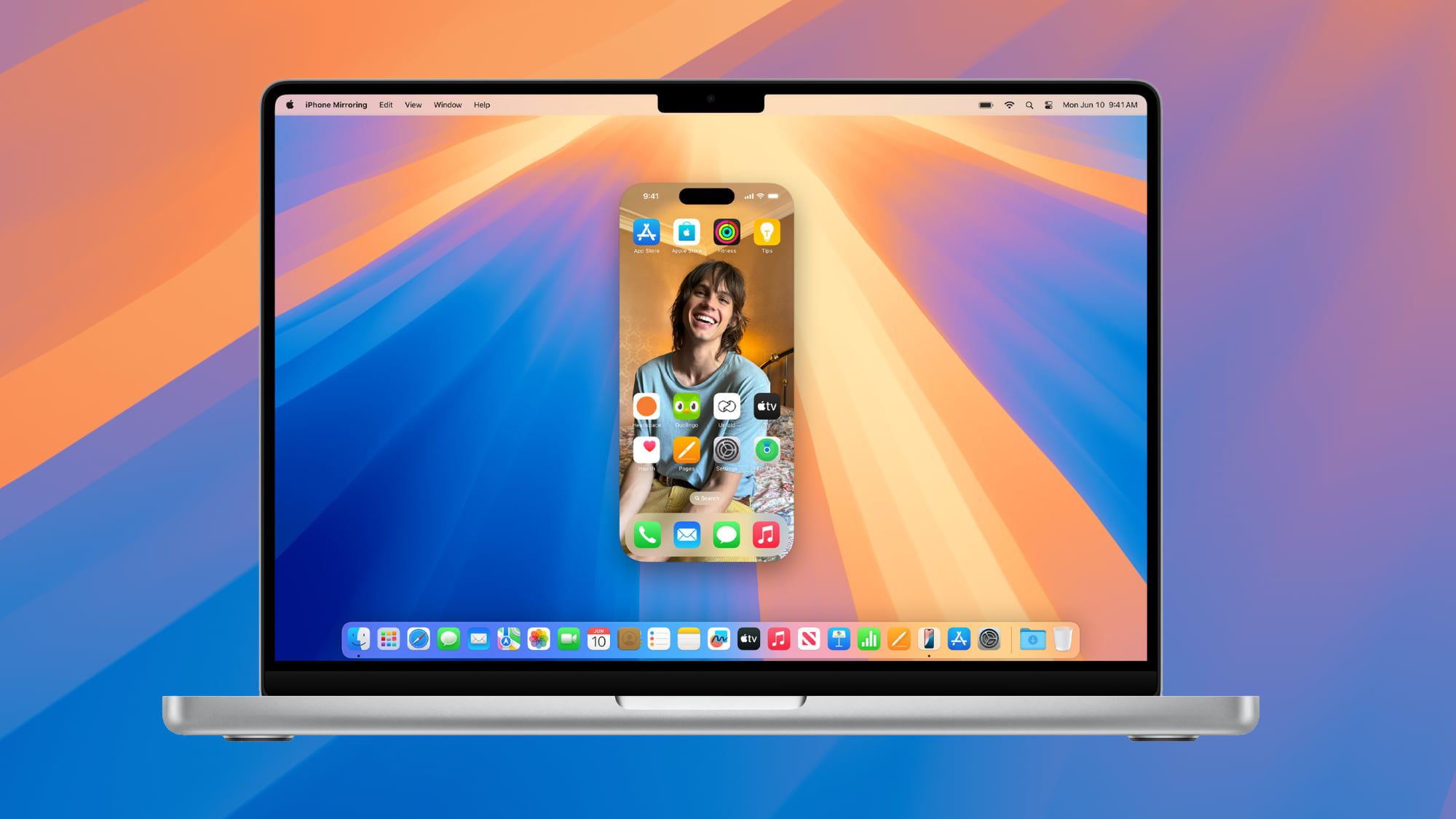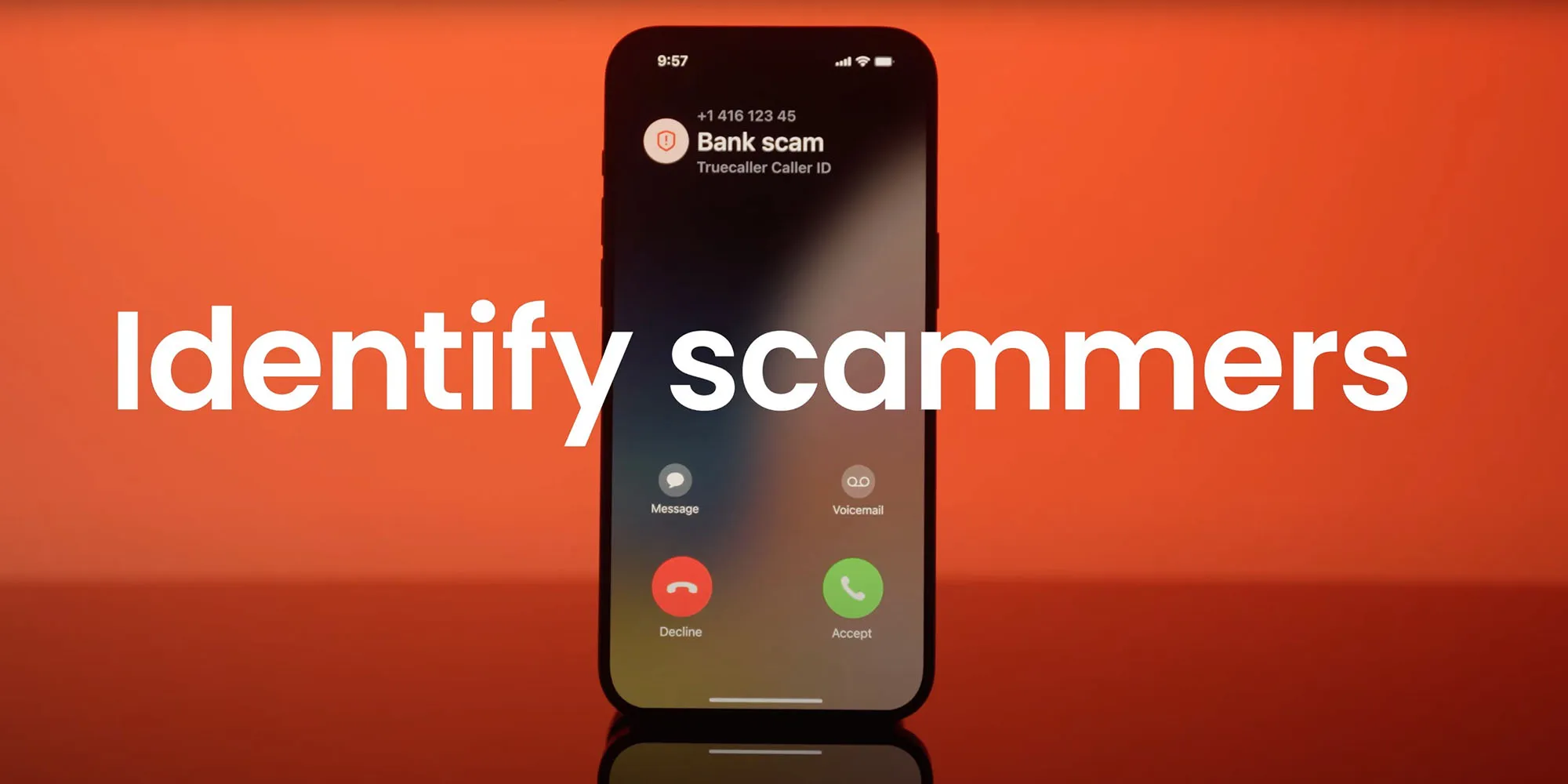Sometimes, I come across posts where people reminisce about the days when iPods were all the rage. I have to admit, the iPod was my introduction to the Apple world. But now, years after its discontinuation, I’m not convinced that people genuinely want the iPod back, despite their claims. Here’s my take on why.
Apple officially ended the iPod era in 2022 with the discontinuation of the iPod touch, declaring that “music lives on.” However, the iPod had already started fading away much earlier, particularly in 2017 when the last of the iPod nano and shuffle were no more.
Now, with the iPod gone, there’s a natural nostalgia, and some folks argue for its revival. While I get the sentiment, I think the need for an iPod doesn’t hold up in today’s world.
A Look Back at the iPod’s Journey
The original iPod came out in 2001, a time when computers were big and phones weren’t smart. The idea of having a device that could hold “a thousand songs in your pocket” was revolutionary. I remember the thrill of using an iPod for the first time.
As technology advanced, Apple introduced various iPod models, including the tiny nano and shuffle. These devices were hugely popular, making up 40% of Apple’s revenue in 2006. But the landscape was changing, and Apple knew it.
Smartphones were getting smarter. When Steve Jobs unveiled the iPhone in 2007, he mentioned it would be the best iPod yet, combining music and phone functionalities. He was right; the iPhone made separate music players less necessary.
Do We Miss the iPod?
I used to carry both an iPhone and an iPod because early iPhones didn’t have much storage. But as iPhones improved and music streaming became the norm, the need for a dedicated music device dwindled.
iPod sales hit their peak in 2008 with nearly 60 million units sold, but they started declining from 2009, especially after the iPhone’s introduction. By 2014, when Apple last reported iPod numbers separately, sales had dropped to just 14 million units.
Why the iPod Might Not Make a Comeback
Some argue that Apple could make money by bringing back the iPod. Yet, I believe Apple knows better than to expect significant sales from a relaunched iPod. The iPhone mini’s short-lived tenure shows that even when consumers claim to want something, sales might tell a different story.
Sure, there might be an initial rush to buy an iPod for nostalgia, but long-term demand? Doubtful.
The Legacy of the iPod
I keep my old iPod nano on my desk, not just as a reminder of good times but also to understand why we’ve moved on. In our current tech environment, we prefer devices that do it all.
Apple has essentially continued the iPod’s legacy through devices like the iPhone, iPad, HomePod, and even the Apple Watch, which, in many ways, is like a modern iPod nano. You can listen to music on it independently of your phone. Even with these options, though, I find myself never leaving home without my iPhone.
So, do people want the iPod back? Probably not. The spirit of the iPod lives on, just in a different, more integrated form.









